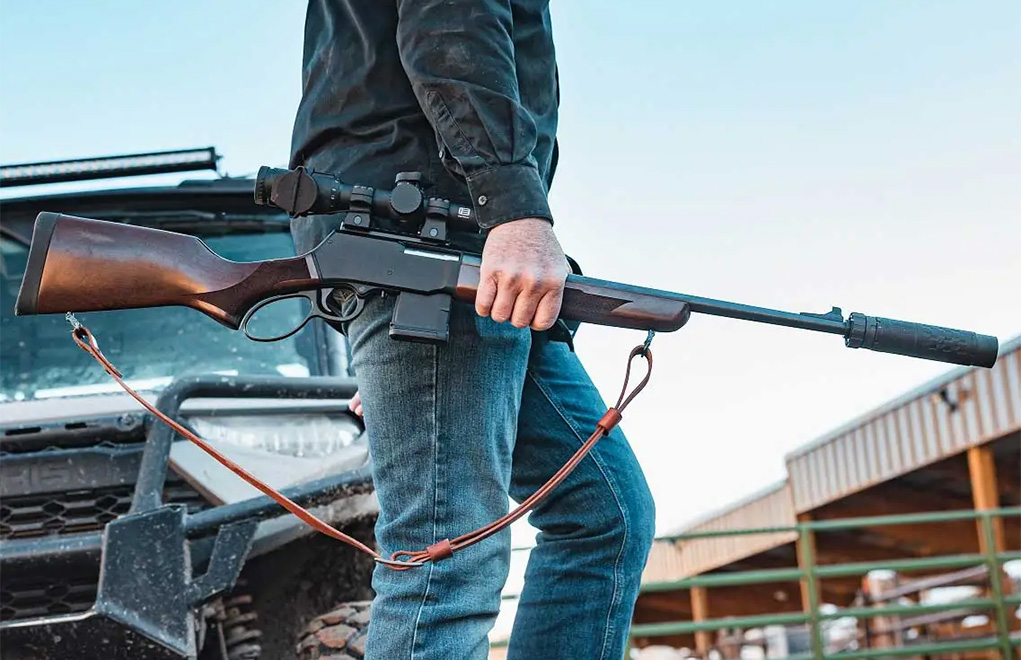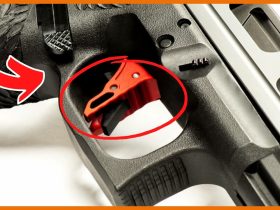During a pistol-performance class with Grandmaster Travis McCamish, he ran shooting diagnostics on me and my target. He observed that, although my shot group was well-centered and evenly dispersed, it was too loose, with several rounds outside the intended A-box center. This level of accuracy was unacceptable for the required standard and time constraints set for the course of fire.
His recommendation was “Dude, you need to shrink your cone!” Loosely translated, reduce that dispersal circumference from outside the intended target area (A-box) to the inside. To tighten it up, especially in such a compressed time requirement, was outside my skills envelop at the time. Where was I to find a bottle of group tightener? It became my quest to find how to shrink your cone at the speed and the accuracy demanded.
Where do you start? After spending countless hours “trying” to get better, it turns out that trying doesn’t get you anywhere. First step is to admit to yourself and accept the fact that you just don’t have the skill … yet. Second is to train—not to chase after the desired result—but to focus on the shooting process itself.
To best define this solution, world champion Max Michel recommends that you “demand more of your dot (or irons) and more of your fire control.” What does he mean by that? He means demand a more refined arc-of-wobble including a precise-enough trigger press commensurate with that refinement.
Yes, this can be done both with iron sights and red dot optics. However, the latter more readily articulates your wobble because of the reticle-to-target site radius.
Stability Now!
It all goes back to the shooting process, which is simply bring stability to alignment and break the shot without disrupting that alignment. Always much easier said than done, especially at greater speed and accuracy demands. The discipline is in adhering to the process as opposed to chasing after the results.
Bring stability. What does that mean? Part of it is a good grip. We all know the difference between a good grip and a bad grip. Yes, you can get away with a bad grip, but only if your trigger control is dialed in.
Next is structural integrity. This is your upper torso, elbows, shoulders, hips, posture, etc., built up well enough to support that stability based on the technicality of the shot. Assuming you have a good enough grip, and you are structurally sound, the third and final component of establishing stability is presenting an acceptable arc-of-wobble.
Herein lays the crux of the skill—determining what is an acceptable arc-of-wobble. Provided you have a good enough trigger press, shot placement directly correlates to arc-of-wobble. The wider your arc, the wider your round dispersion. The tighter your arc, the tighter your group. Demanding a tighter arc-of-wobble is how you tame a feral wobble. The focal point here is demanding more of, and further refining, your arc-of-wobble.
Refinement means taking something as it is and improving it incrementally until it reaches a higher quality. It’s unrealistic to expect huge gains in leaps and bounds. The refinement process is about simplifying and improving, It requires focus, attention to detail, and a willingness to revisit and adjust until it produces better results. It’s not about making things perfect, but about making them more effective.
Integral to the refinement process is to break down the primary process (bring stability to alignment and break the shot without disturbing alignment) into its subcomponent parts and isolate one skill set at a time, the first being to build stability.
The Mechanics Of It All
Building stability is a mechanical process comprised of a good enough grip, sound enough structural support (stable firing platform) and an acceptable arc-of-wobble. All three are what create stability. Failing any one of these three compromises your stability which, in turn, influences shot placement.
When focusing on refining your arc-of-wobble, start with putting all the pieces together untimed. No clock is needed. You must be able to do a thing first. If you can’t execute this as an isolated skill, then it’s a waste of your valuable training time to put on the clock.
Once you can readily establish stability to include a refined enough arc-of-wobble, then you can try and achieve that same stability a bit faster each time. Again, don’t try and go fast for the sake of going fast. Allow the process to be your guide. Go through your checklist: grip? Structure? Arc-of-wobble? If all three are in place and in a timely manner, then you can work toward incremental time improvements.
The concept of refinement is rooted in the idea of continuous improvement. It’s the process of evaluating something and making small but intentional changes to bring it closer to its best version. It’s about understanding what works, identifying what doesn’t, and being willing to make adjustments. Taming your arc-of-wobble is practical and purposeful, emphasizing progress over perfection.
Read the full article here


















Leave a Reply